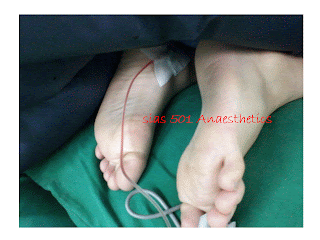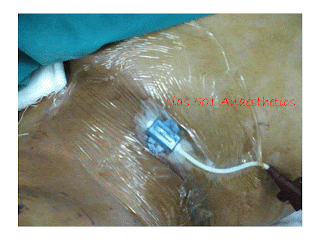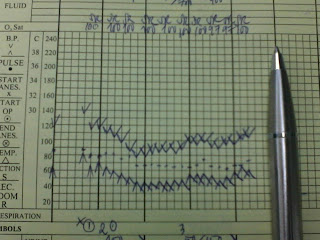The Faculty of Medicine Siriraj Hospital has a monthly committee meeting on education of the undergraduate students, the vice-dean for undergraduate education has proposed a new forum for us, the medical teachers, to share experience, to show good things hidden in each department to the outsiders.
The first department on stage was Department of Anatomy, the chief of medical education staff has shown many things from the movement of the Lab Gross to the new building, moved of all specimens, how the medical students involved in those activities, she even showed the department of anatomy facebook page, at that time our department has not yet launched the facebook page for medical student.
Today after the meeting session ended, the vice-dean asked us to present the best practices form our department in next month meeting, he mentioned our Chairwoman has done so well in the Faculty Board meeting chaired by the Dean on LeapFrog in education. We really do not know what she had mentioned about undergraduate education to the board, but it would definitely include the curriculum changes to put a simulation teaching in it, and also the boundary of the Department of Anesthesiology is now without wall, we do not have to work in the operating theatre any more, we have expertise in preoperative evaluation and preparation and have set up a pre-anaesthetic clinic, we can give an appropriate acute pain service as well as care for the patients suffered with chronic pain, and also we can take care critic patients in the surgical ICU.
Looking forwards to giving a 10 minute talk, a little bit nervous though >.<

































